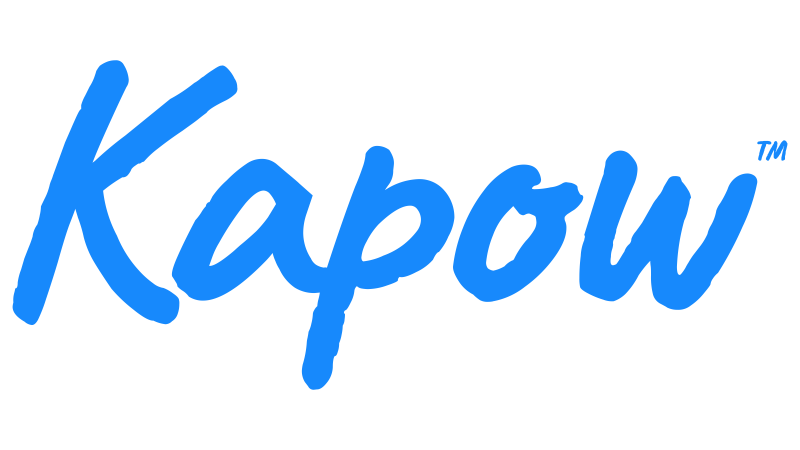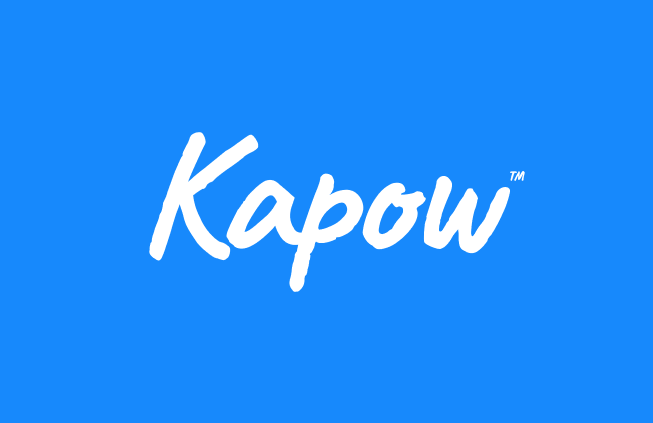Learning intention
- To plan a print.
Success criteria
- I can explain what makes a good composition.
- I
This content is for subscribers only. Join for access today.
Cambridge Primary Art & Design (0067) Learning objectives
Experiencing
E.02 Explore media, materials, tools,
This content is for subscribers only. Join for access today.
Before the lesson
This content is for subscribers only. Join for access today.
Lesson plan
Recap and recall
Show the Presentation: Pairs and, in pairs, ask the learners to discuss which words match each image and why. Take feedback.
This content is for subscribers only. Join for access today.
Extended-mode explainer videos
How to extend your display to view the lesson page and preseantion mode simultaneously. Choose your operating system below to watch the video
If you need further support with extending your display,
please contact [email protected].
Differentiation
Learners needing support:
- Could go over the areas they want to cut out using a light pencil and the areas they want to print in a dark pencil.
- Could focus on creating one focal point in the foreground.
Learners working at a stretch:
- Could experiment with a wide range of line types and mark making to add detail and depth.
- Could focus on refining the balance of light and dark areas by thinking about which parts of the composition they will cut out.
- Could create a more detailed foreground, middle ground and background to give the impression of layers.
This content is for subscribers only. Join for access today.
Assessing progress and understanding
Learners with secure understanding can:
- Describe how artists have created an effective
This content is for subscribers only. Join for access today.
Vocabulary definitions
-
balanced
A composition in which all parts are spread out evenly.
-
composition
Putting different elements together in a pleasing way.
This content is for subscribers only. Join for access today.
In this unit
Lesson 1: Expressing movement
Lesson 2: Showing emotion through line
Lesson 3: Showing depth through mark making
Lesson 4: Composition for printing
Lesson 5: Printing

